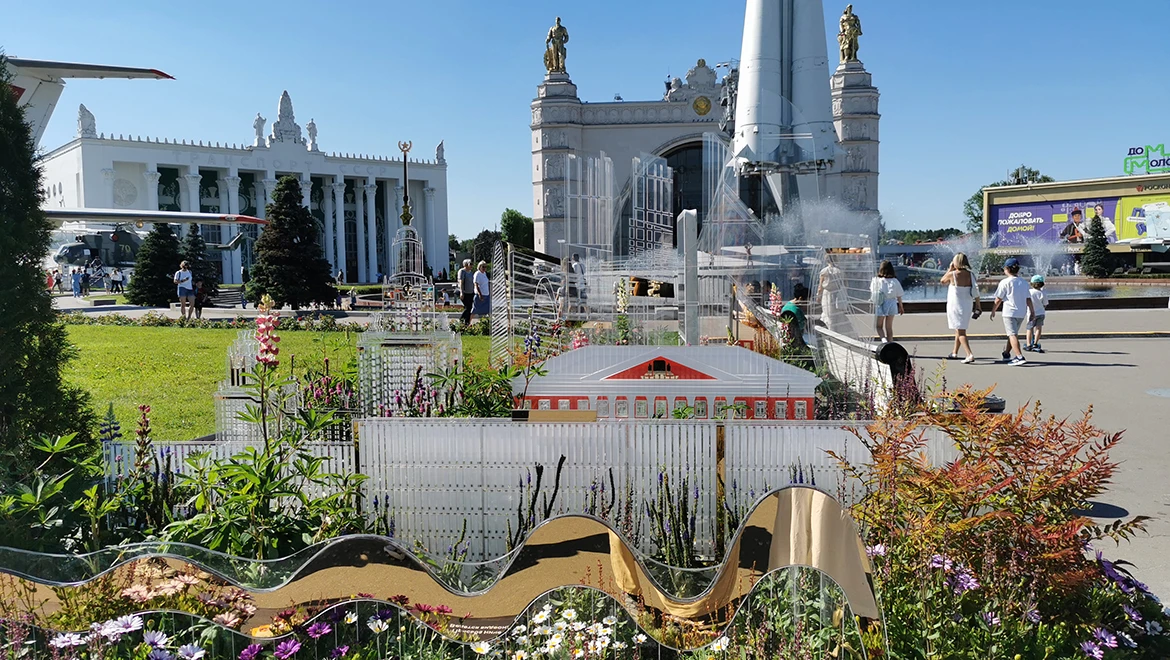Tales of stone barrows. Zaporozhye region
Zaporozhye is a steppe region, the monotony of vegetative
plain ornaments of which is enlivened by areas of extensive exposure of ancient
crystalline rocks. Also, the name of the composition refers to the unique
archaeological complex — the "Stone Grave" reserve, one of the most striking
and recognizable sights of the region.
The exposition is a combination of several plant species characteristic of the region's nature with fragments of rocks symbolizing the mountains of Zaporozhye region. In the landscape of Zaporozhye region different kinds of steppes prevail, where one can encounter sagebrush, feather grass, spring adonis, thin-leaf peony, sod-forming grasses, field poppy, tulips, wild garlic, feathered wheatgrass, chamomile, and many other plants.
Among the mountain ranges of the region, which often have
the word "grave" (or "mogila" in Russian) in their names, we can
mention the highest natural mountain — Belmak-Mogila (324 m above sea level)
and Tokmak-Mogila (307 m). In addition, the Korsak-Mogila ridge, consisting of
six hills, stretches for 2.5 km in the northeastern direction.
The Schrenck's tulip, which grows in the region, is an
endangered steppe flower, one of the oldest species, and is considered the
progenitor of many breeding varieties. It owes its name to the scientist and
traveler Alexander Ivanovich Schrenck, who discovered this flower in 1873.
During its blooming period, the steppe looks like a real carpet, consisting of
specimens of all shades, from white to bright red.
Along with the RUSSIA EXPO, the flower festival is also coming to an end.
The "Future in Flowers" festival continues at the RUSSIA EXPO, where unique flowerbeds from all regions of our country can be seen at the "Space" pavilion until July 8.
The RUSSIA EXPO concludes on July 8, and with it, the flower festival will also come to an end.





